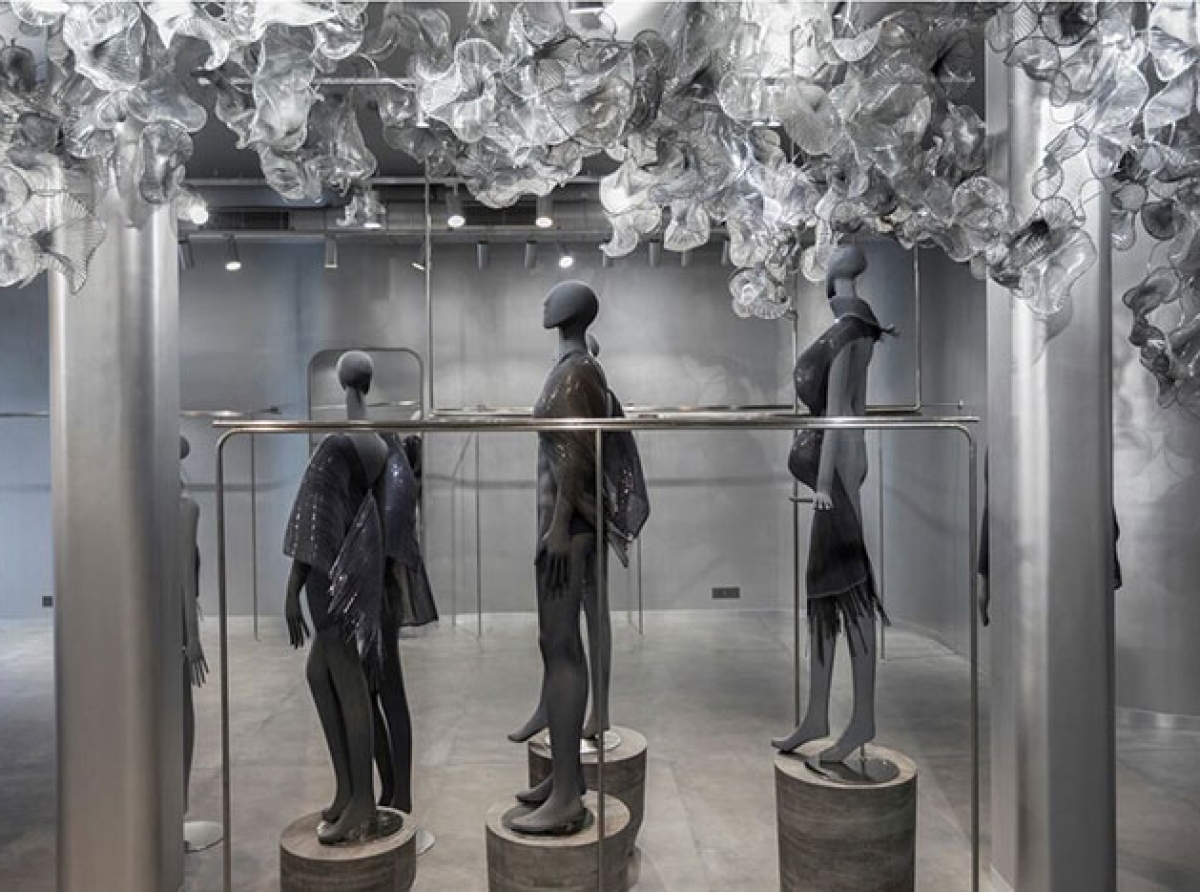06 July 2022, Mumbai:
Visual merchandisers present, arrange, and display goods in shops and storefront windows, which are essential locations where buyers may view, choose, and purchase goods. The position was created in the 19th century, but it has only lately expanded and become crucial in the fashion sector.
Maintaining a store's image requires understanding how to give clothing and other items a neat, organized finish while respecting the brand's identity through a careful balancing of elements, including visual communication, aesthetics, sales analysis, and the planning of sales and promotional activities.
ALSO READ Walmart: Kicks In Virtual Fitting Room Tool

With the growth of department shops in significant American cities in the latter half of the 19th century, window dressers became visible.
Organizing clothing and other things in the household or cultural contexts would inspire department stores to develop the first visual display strategies and the first actual window displays.
Large storefronts transformed into inspirational city screens in the 1930s, making passing allusions to the movie industry and the star system.

ALSO READ Fashion continues to dominate India’s e-commerce space with new inventions
Over the years, practical abilities and academic understanding were improved, and the conventional window dresser eventually evolved into a contemporary visual merchandiser.
It is no accident that some of the most well-known fashion designers in the world began their careers as visual merchandisers because the position calls for a variety of talents.
While working as a window dresser at Milanese department store La Rinascente, a young Giorgio Armani had his first exposure to the fashion world.
At Brooks Brothers in New York City during those same years, Ralph Lauren worked as a sales assistant, organizing merchandise with the same meticulous attention to detail that he subsequently used to layout his own stores across the world.
RELEVANT NEWS The Mills Fabrica Debuts New Visual Identity To Mark Global Expansion
A visual merchandiser requires a solid technical foundation, visual culture, creative flair, and some understanding of marketing and psychology.
A successful business display should appeal to more senses than just sight. Direct touch with clothing and textiles, smells and odors, and music selections should all be in keeping with the brand, store type, and target demographic.
The ability to analyze client behavior, however, is a crucial talent. Every Visual Merchandiser keeps track of and watches consumers using specific performance indicators and behaviors.

RELEVANT NEWS Amazon launches virtual try-on for Shoes
Given its recent and dynamic history, visual merchandising is typically studied at specialized institutions and creative academies, which can foresee the future of a field that is turning storefront windows into soundstages for installations and performances.
The Istituto Marangoni Milano's fashion styling curriculum includes a three-year course in visual merchandise.
It begins with thoroughly examining the fashion retail industry and all factors affecting a brand's placement on sales and marketing channels.
RELEVANT NEWS Bespoke clothing market grows with personalized apparel production
The visual merchandiser gives each product ample shelf space.

RELEVANT NEWS SPRING FAIR: INSPIRING RETAIL STAGE PROGRAMME FOR FEBRUARY 2022 SHOW ANNOUNCED
The items are arranged so that they are easily accessible. Signage and fixtures are to make it simple to find the products. The product is adequately stocked on display, thanks to the visual merchandiser.
Join our community on Linkedin

























